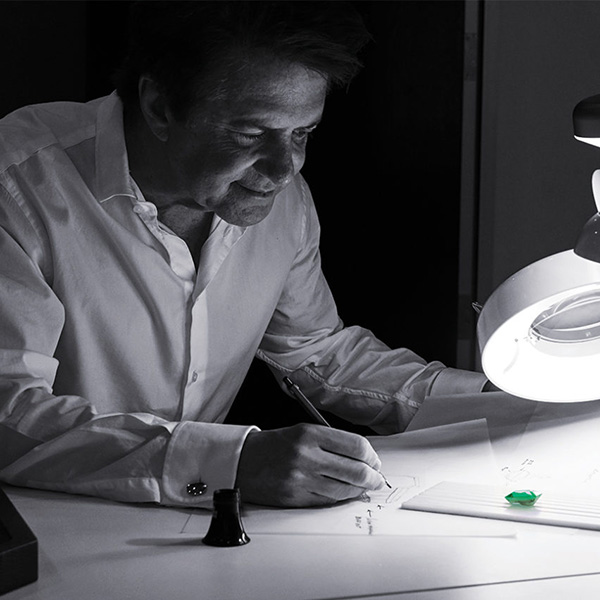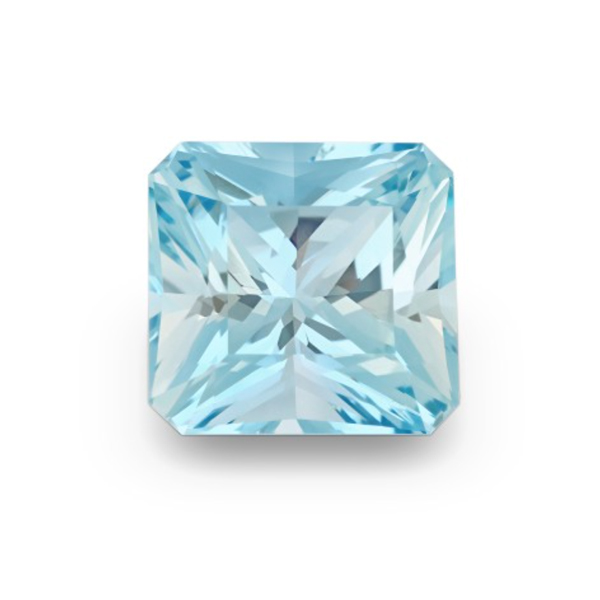Robert Procop Brings Awe-Inspiring Gemstones to ‘100 Carats’ Exhibit
February 05, 2024

Venerable jeweler Robert Procop says the largest and finest examples of gemstones he could find are in his latest museum collaboration, “100 Carats: Icons of the Gem World,” and they will wow anyone, including jewelry experts and the jewelry-loving public.
“Each one has been identified as the best in their species and varieties,” Procop says of the gems in the “100 Carats” exhibit, which runs through April 21, at the Natural History Museum of Los Angeles County.
The exhibit includes more than two dozen gemstones, many of which had never been displayed in a public collection. Procop talks about each one like a personal friend, describing the 111 ct. green tourmaline as exquisite, the royal blue sapphire as spectacular, and the perfectly cut emerald as near flawless.

But the granddaddy of them all is the Jonker I diamond, the largest stone cut from the Jonker diamond, the fourth largest diamond ever found when it was discovered in 1934. The Jonker I weighs in at 125 carats, making it one of the biggest cut diamonds in the world.
What Procop loves about the gemstones he collects and the ones on display in particular is that each tells a story of its formation.
“Throughout my life, I’ve always been in awe when I’ve seen a 100-carat gem. When I was in the Tower of London, cleaning the crown jewels and holding the [530.2 ct.] Star of Africa diamond in my hand, I knew it was an amazing and blessed experience,” he says.

Procop has curated exhibitions of magnificent gemstones for many museums, including the Smithsonian in Washington D.C. He last worked with L.A.’s Natural History Museum and its curator of mineralogy, Aaron Celestian, on a 2021–2022 exhibit of rare gemstones from around the world.
When Celestian approached him again, Procop was excited to dream up another show. “I wondered: What can we do? Is there something the world has never seen? That’s when I came up with the ‘100 Carats’ exhibition,” Procop says. “It became my mission, calling everyone I knew.… It’s a treasure hunt of the world. I love the hunt. I love new discoveries.”

Procop says a favorite thing about the exhibit is visitors can see gemstones in their natural state—uncut, unpolished, just like they came from the ground—and as “finished” pieces. They can also learn about the stones’ inclusions and appreciate how those so-called imperfections give them their personalities, he says.
Procop enjoys giving tours of the exhibition and seeing people’s faces when they look at stones like the 108 ct. Blue Star aquamarine, which has such great clarity, all the natural blues and greens within the gem are visible. Procop calls the gem’s color “electric water blue.”
Another highlight he mentions is the Miracle sapphire recently discovered in Tanzania. As you walk around it, you’ll see the color change from blue to green to purple to even flashes of red. Displaying the sapphire in a case where it can be viewed from every angle is key to showing its complete beauty and understanding why it is miraculous, says Procop.
“The museum’s mission statement is to inspire wonder and educate. I remember coming to museums when I was young to see the dinosaurs and see the gemstones. I guess you never know where those early inspirations will take you in life,” Procop says. “I hope this exhibit inspires children and the trade.”
“100 Carats” is located in the Natural History Museum’s Gem and Mineral Hall, with the most precious stones in individual cases inside the Hixon Gem Vault. The exhibit is free with museum admission.
Top: Robert Procop curated a current exhibition at the Natural History Museum in Los Angeles called “100 Carats: Icons of the Gem World.” (Photos courtesy of Robert Procop)


Recent Comments